13 Common Things You Never Knew Had Actually Hilarious Real Names
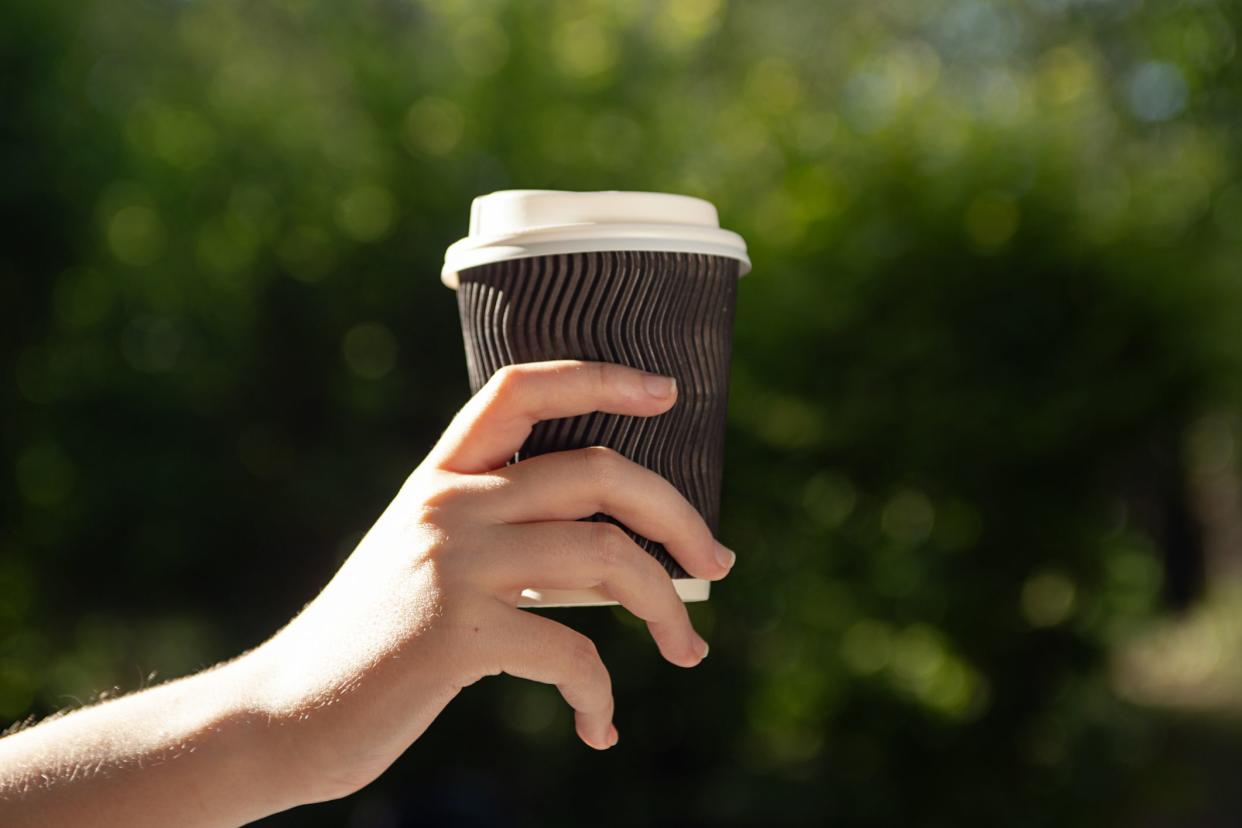
How's That Called Again?
The English language is full of words for things you see all the time but have never managed to put a name to. That sleeve that goes on your hot cup of coffee? Well, it's not called a coffee sleeve, that's for sure.
We decided to round up some of the more obscure names for these common items some of us use every single day with no clue as to what they're really called. Here are 13 everyday things you never knew had actual names.
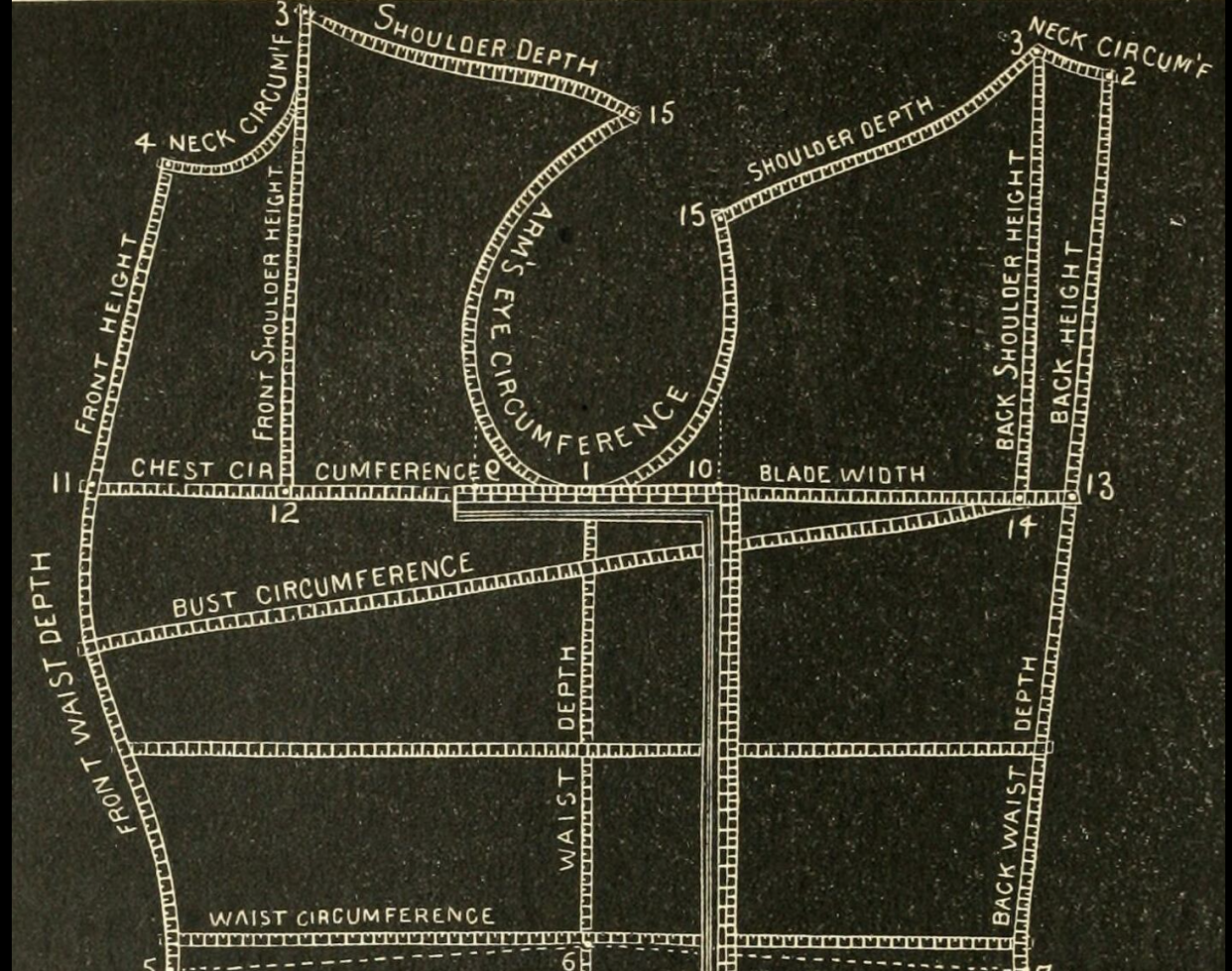
1. Armscyes
When it comes to shirtsleeves, many believe that the hole your arm eventually pokes out of is part of the sleeve itself. This is not correct. Your arm makes its journey through the sleeve, but without the armscye – the hole at the end of it – your arm would be imprisoned forever, with no chance of escape. The word dates back to the 1920s and derives from a Scottish dialect, translating to “arm’s eye.“ Thank an armscye if you’re wearing a shirt and can see your hands.

2. Cornicione
Many people don’t eat pizza crust, preferring to dine on the triangular part with the cheese and tomato sauce and then eschew the carbo-load found in the outer crust. But did people who eat the outer crust know that they’re also eating the cornicione, which is basically just the outermost extremity of the crust? If you didn’t, please take care to inform your loved ones of this fact the next time you order a pizza because you’re too lazy to microwave something.
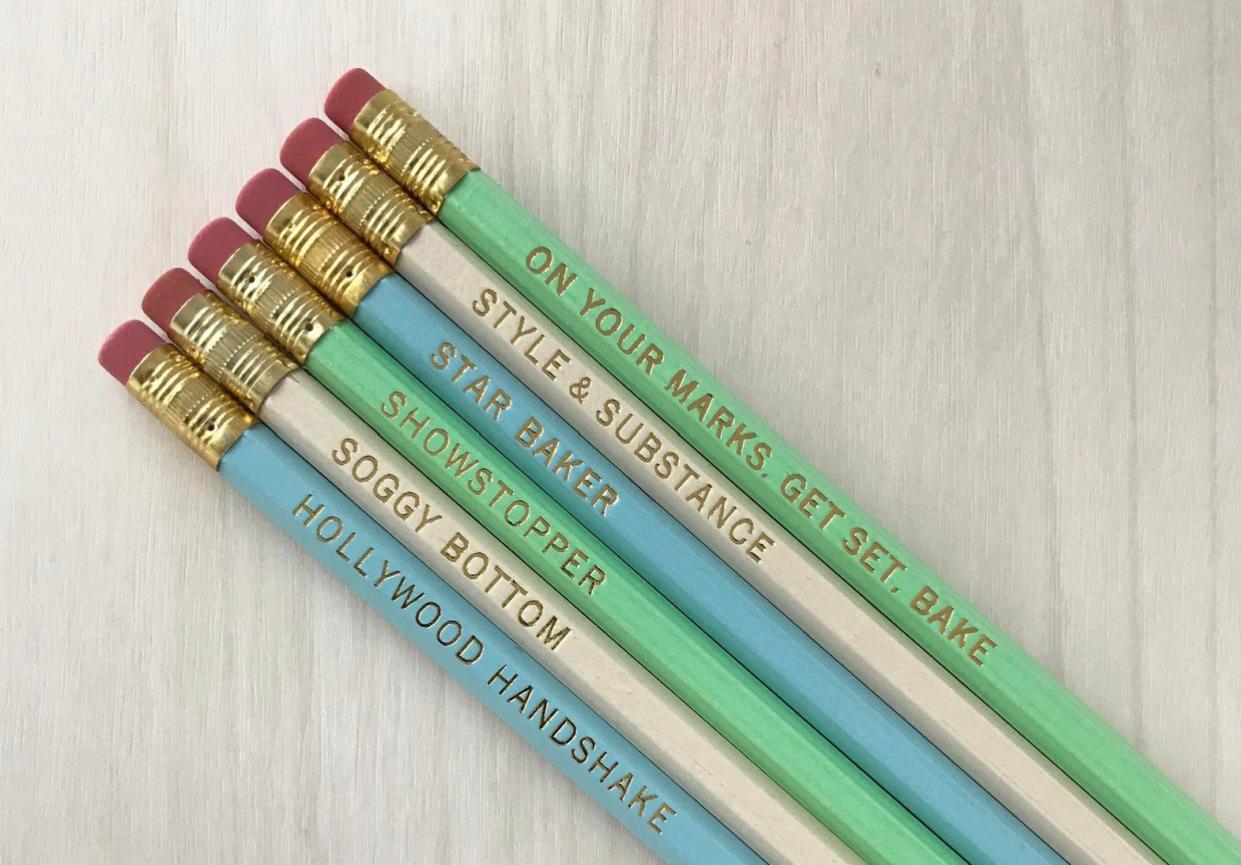
3. Ferrules
Everyone knows about pencils. Everyone knows about erasers. But do people know about the ferrule, the metallic band at the top of the pencil that holds the eraser in place? Sadly, the ferrule, which performs the critical task of keeping your pencil and eraser joined, has been elbowed out of the glory, and tragically, few know its name. The name derives from the Latin word “viriola,” which translates to “bracelet.”
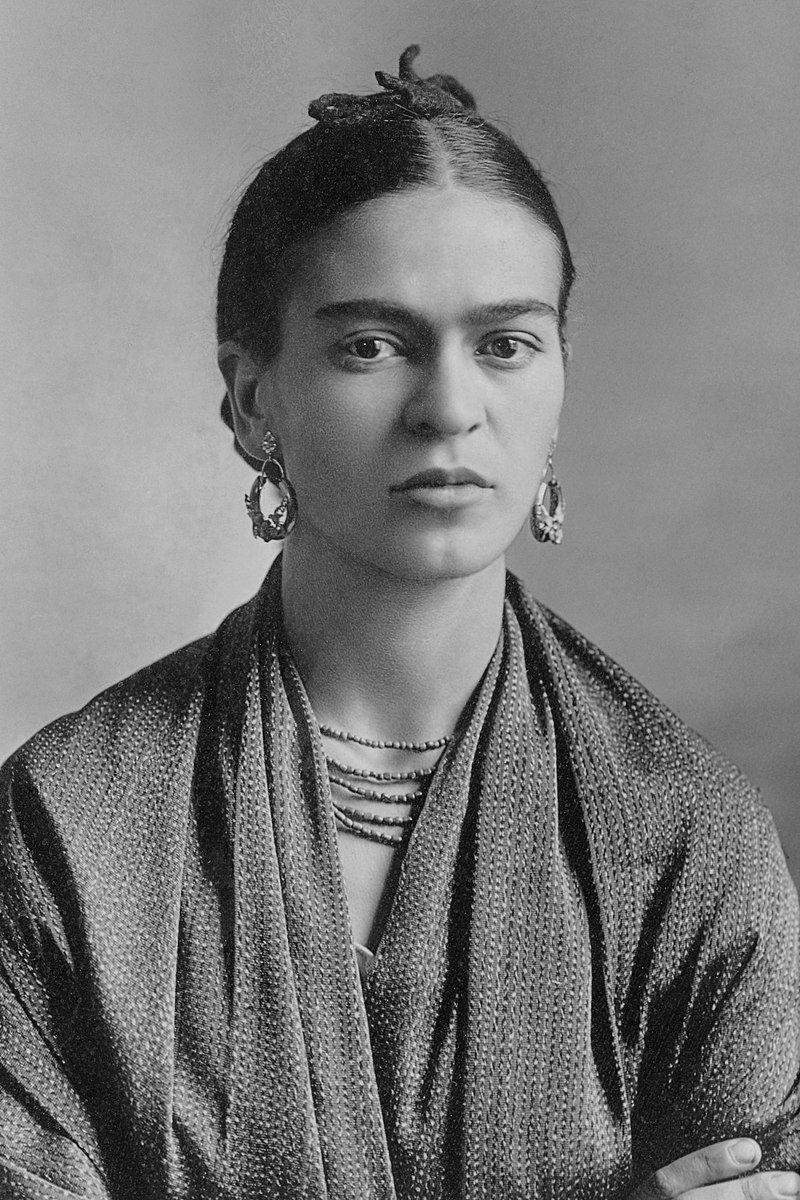
4. Glabellas
The space between both of your eyebrows is known as a glabella, and honestly, it would be shocking if anyone on Earth was aware of that. People with unibrows may be aware of it, as we are always most acutely aware of that which we do not possess. Hopefully, those with glabellas can put an arm around such people and tell them not to worry since most of us are unaware that this negative space on our faces has a name. According to Dictionary.com, the word derives from the Latin for “smooth” and “hairless.”
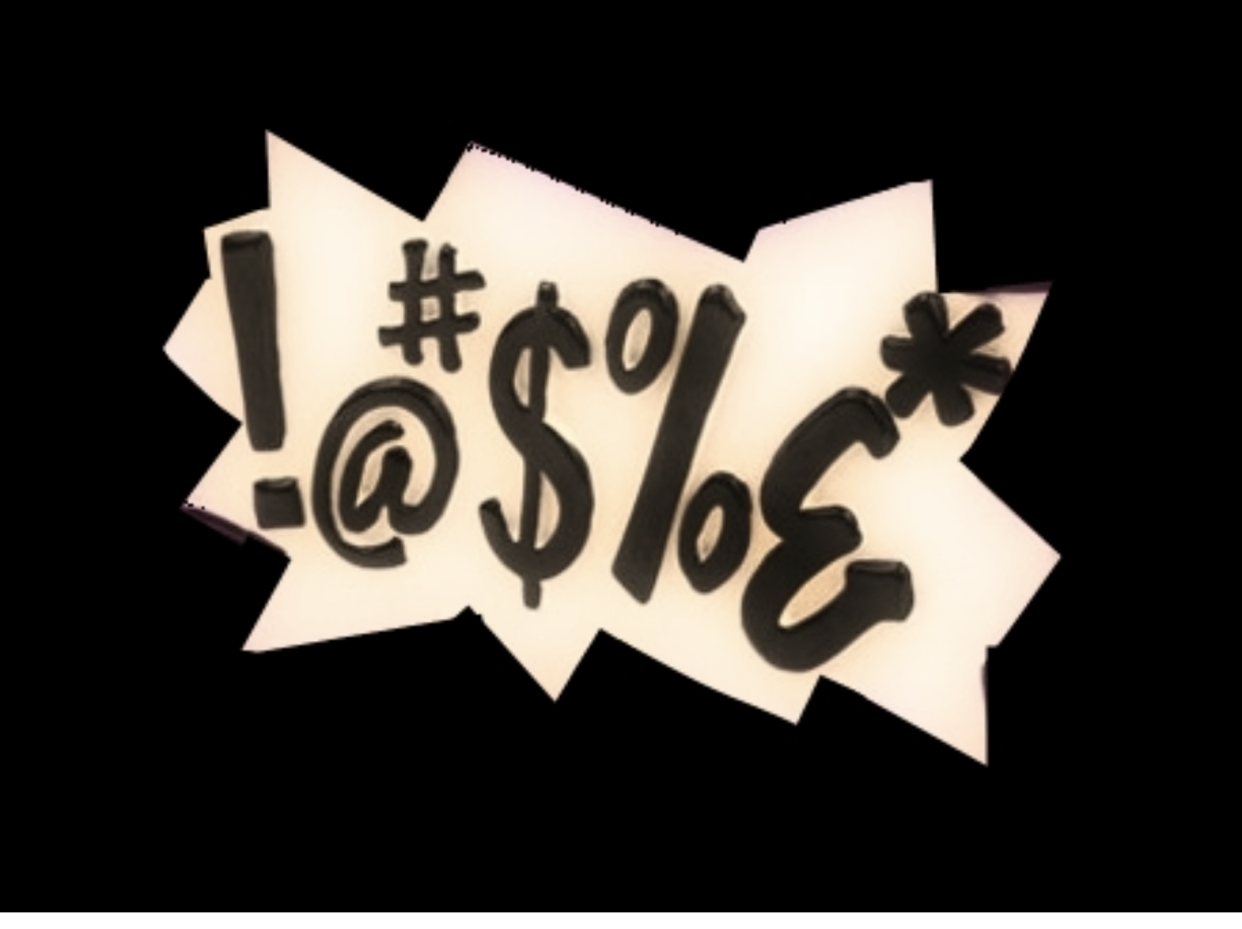
5. Grawlix
When a newspaper or other publication prints a source's comment initially laced with profanity, they will remove the offending words and replace each with a series of symbols, such as exclamation points, asterisks, and even octothorpes. While most people believe this practice consists of smashing together five or six typewriter key symbols, that series of symbols is called a grawlix, so keep that in mind the next time you’re quoting Ozzy Osbourne.
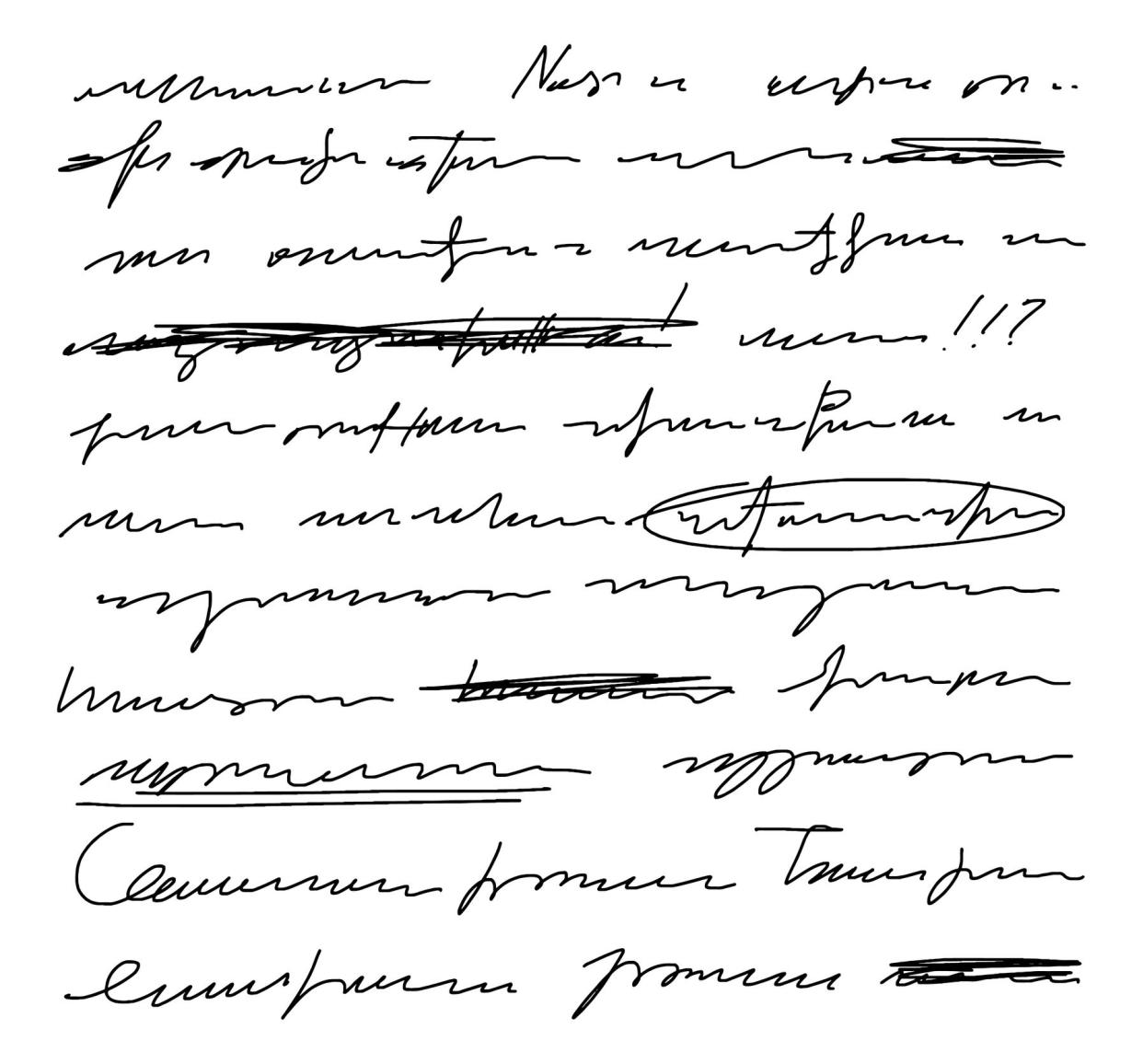
6. Griffonage
Since the advent of the computer keyboard, human handwriting has become steadily more atrocious and illegible. Luckily, when someone hands you a piece of paper with scrawls all over it that looks like the Incredible Hulk was using a crayon with his left hand, you can send it back to the person angrily and say, “I cannot read all this griffonage!” The word derives from “griffin,” a fabled monster from classical mythology with the head and wings of an eagle, the body of a lion, and, one assumes, lousy penmanship.
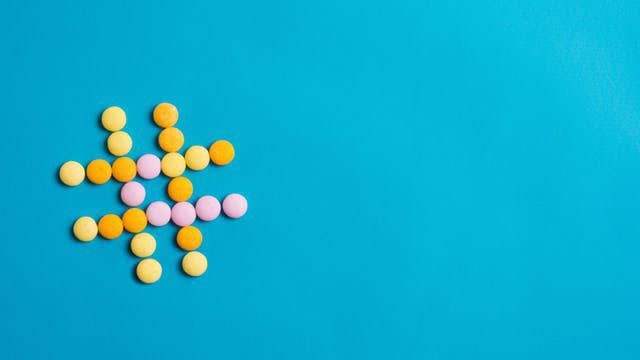
7. Octothorpes
Since the advent of social media, the word “hashtag” has become ever-present, particularly for the more attention-starved denizens of Twitter (sorry, X). Before that, it was called a pound sign. As it turns out, according to the Merriam-Webster dictionary, both things are wrong, and it’s called an octothorpe. There’s no official story of how this word came to be, although Dictionary.com says it was invented by scientists at Bell Laboratories when they added the symbol to telephone keypads, with the “octo” denoting the symbol’s eight ends. We would very much like to see young influencers use this term going forward, so what do you say, Kendall Jenner?
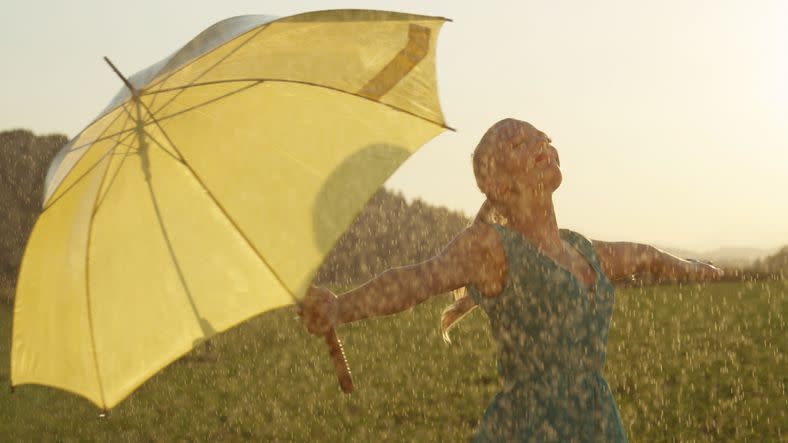
8.Petrichor
You’ve probably noticed that a heavenly aroma permeates the great outdoors immediately after it rains. While most people will define the smell as “the smell after it rains,” the more poetically inclined among us may feel tempted to use the dictionary term for that heavenly scent, petrichor. According to Dictionary.com, the word was invented in the 1960s and derives from “petro,” which means “ethereal” and “ichor,” which means “fluid.” Use it this summer to impress passers-by.
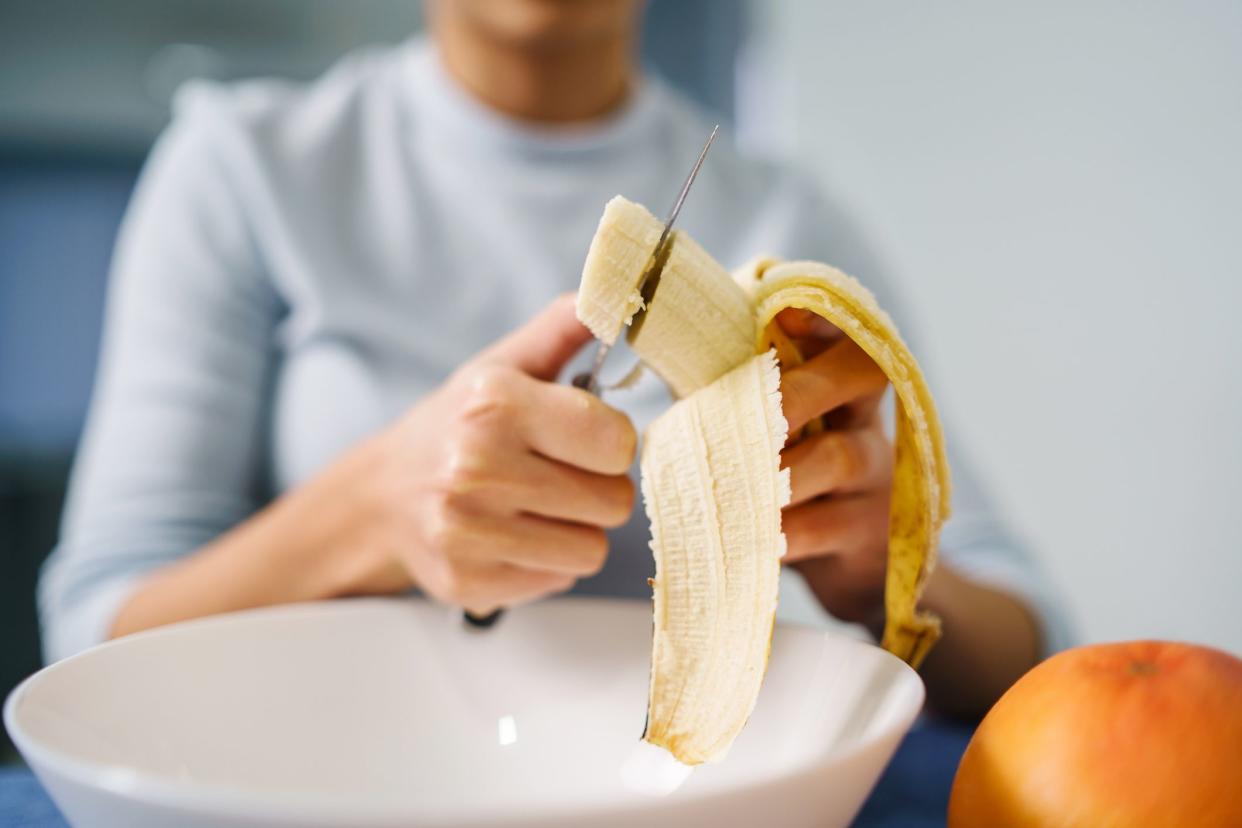
9. Phloem bundles
Bananas are full of potassium and offer a filling experience to the person who eats one without causing unnecessary weight gain. Also, when you peel them, there are “strings” dangling off of them that are neither peel nor banana yet are still involved in the experience. These are called phloem bundles, and they distribute nutrients from the stem throughout the banana. Think of them as banana veins.
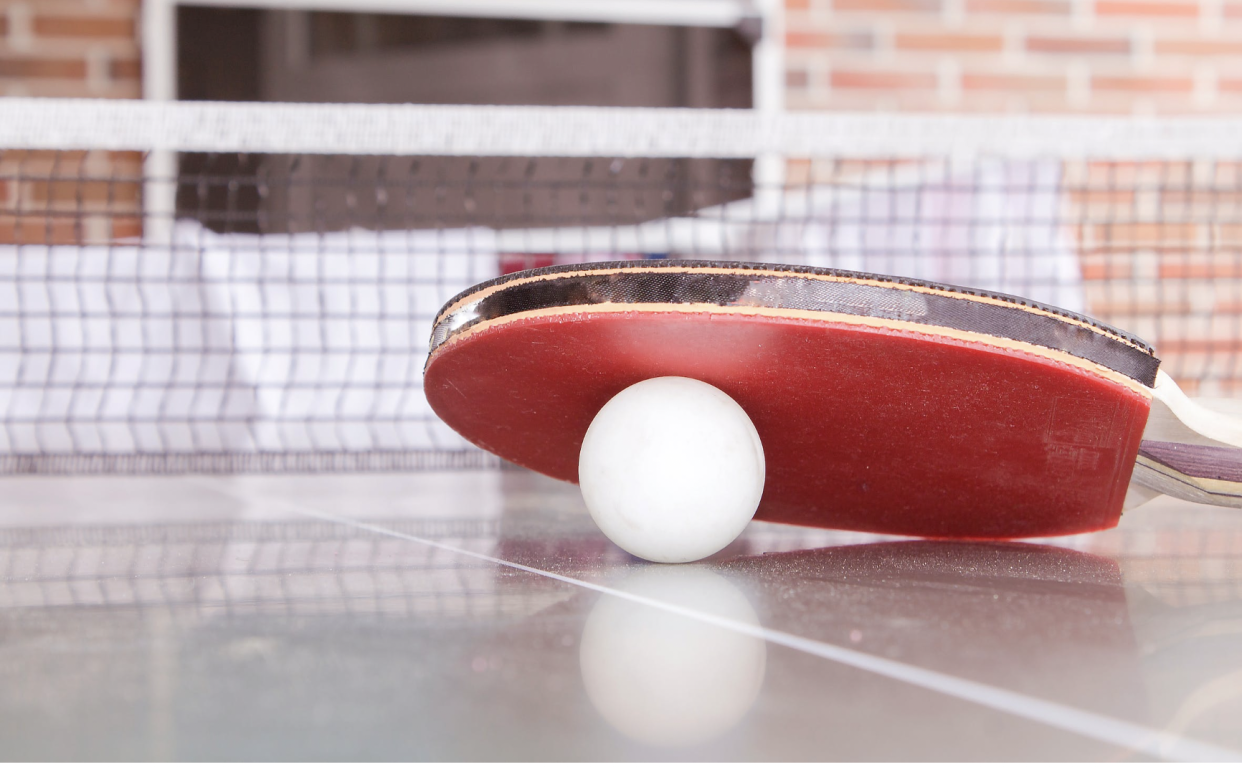
10. Pips
When you’re locked in fierce competition with your foe at the ping pong table, it’s normal to hold the paddle’s handle with your dominant hand and just kind of fondle the surface of the paddle with the other one. This is a gratifying tactile pursuit thanks to the presence of pips, otherwise known as the tiny little raised nubs on the paddle’s surface.
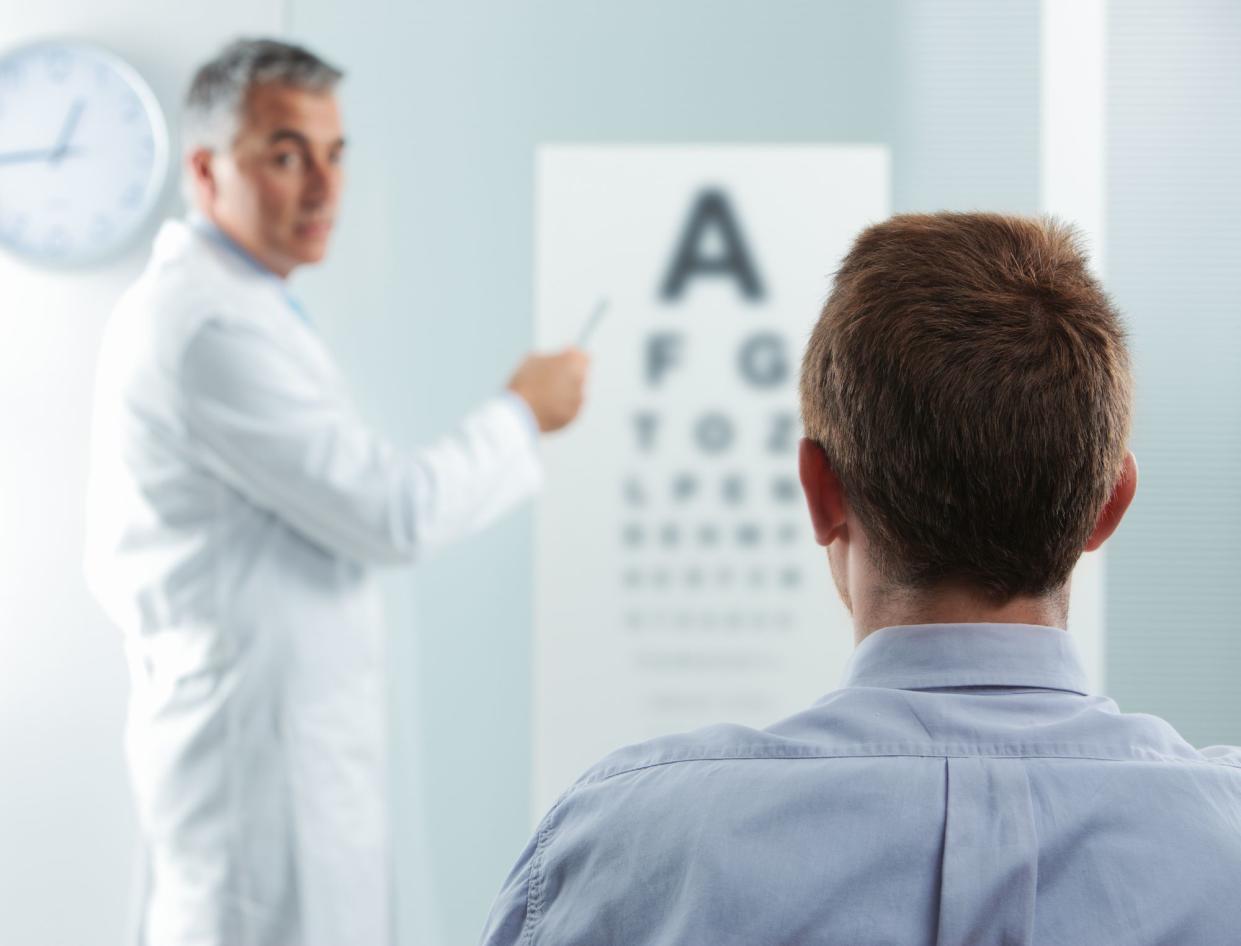
11. Snellen chart
When you go to the eye doctor, you will be asked to identify letters on a poster on the opposite wall. Everyone calls it an “eye chart,” but its real name is the Snellen chart, named for Dutch ophthalmologist Herman Snellen, who created it in the 19th century. The next time you’re at the Department of Motor Vehicles getting your license renewed, spare a thought for this great man whose chart ensures you can see well enough to drive.
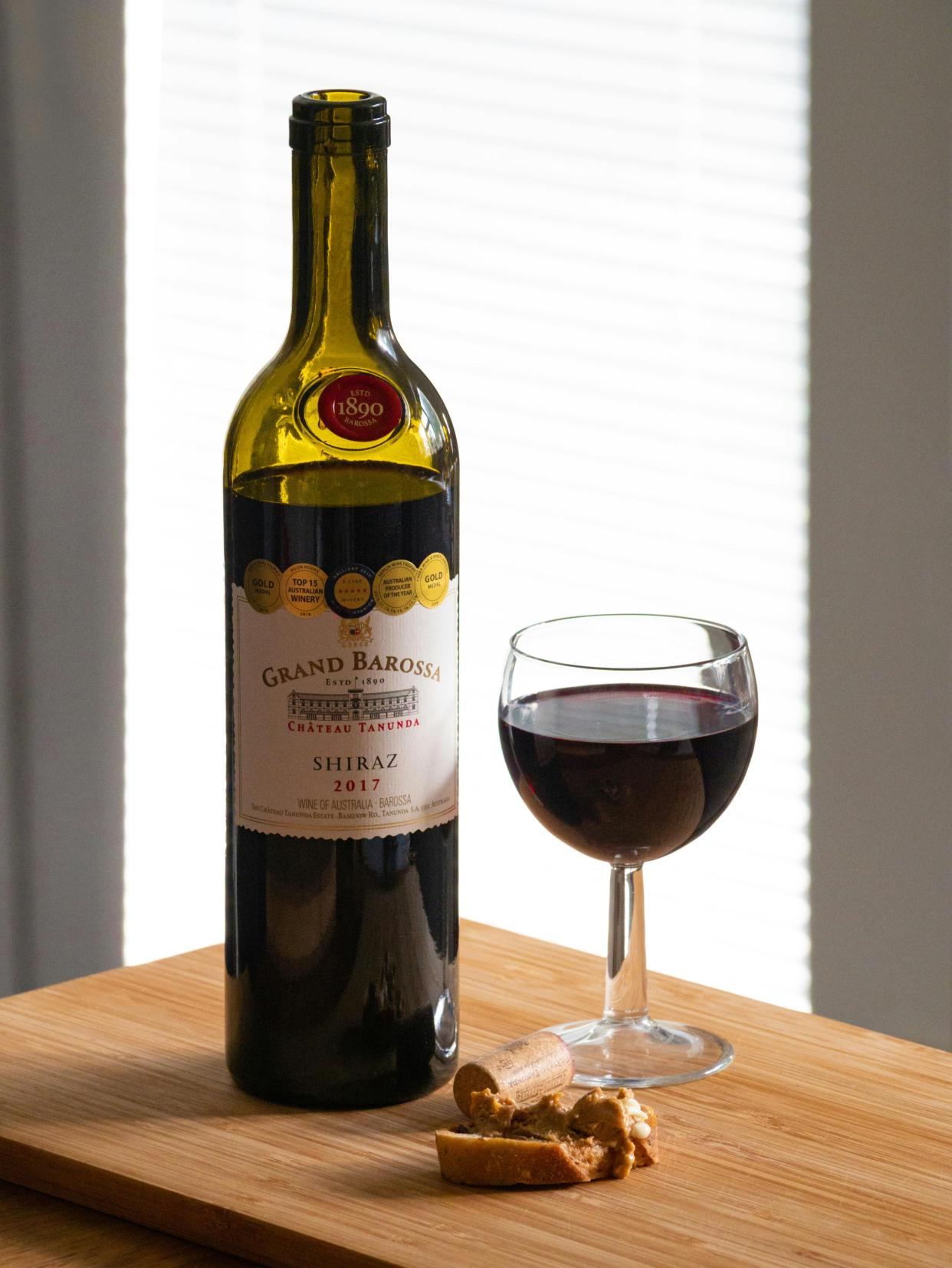
12. Ullage
In another victory for negative space, the air at the top of a bottled beverage’s neck before it’s opened has been given a name, and that name is ullage. The next time you crack open a cold one and feel cheated out of that one inch of bottle space, just be happy that you know it’s called an ullage, a tidbit of information you can use to amaze and delight your friends.

13. Zarfs
When you’re bleary-eyed at Starbucks getting your morning coffee, one thing that won’t escape your notice is that the beverage is slightly less hot than weapons-grade plutonium. This is why they put that sleeve around the cup that protects your bare hand from the blistering temperatures, known as a “zarf.” The word dates back to the 19th century and is the Arabic term for “vessel” or “sheath.” We cannot guarantee that the barista will know this when you ask for one.
This article was produced and syndicated by MediaFeed.
